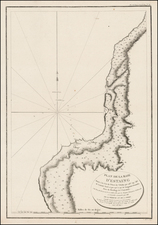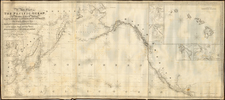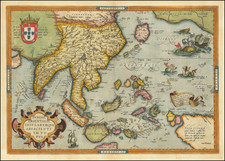Scarce 1938 Russian map of Eastern China, offering a comprehensive visualization of the region's geography and administrative divisions during a tumultuous period in history. This cartographic artifact not only delineates geographical boundaries but also encodes significant socio-political information pertinent to that era.
The map is meticulously color-coded to represent various political and geographical features: the territories under the control of the Soviet Union (USSR), foreign states, and different provinces within the Chinese state, along with areas under Japanese occupation, reflecting the complex geopolitical landscape of East Asia preceding the outbreak of the Second World War. The map also demarcates the administrative regions of the USSR, illustrating the extent of Soviet influence and interests in the Far Eastern territories.
Notable on the map are symbols and legends that classify urban centers by population size, from cities with over one million inhabitants to smaller towns of less than 10,000 people, offering insights into the urban distribution and demographic concentration across Eastern China. Capital cities, both of independent states and Soviet administrative centers, are distinctly marked, underlining their political and administrative significance.
The key provides further understanding of the map's intricate details, including the classification of roads from motorways to unpaved tracks, distinctions between railway types, and the identification of naval bases and major seaports. This reflects the strategic interests of the era, particularly the importance of transportation and military infrastructure. Additionally, the Great Wall of China is prominently featured, highlighting its historical and symbolic significance even in a modern context.
The map also marks "largest foreign concessions and settlements," a reminder of the foreign influence and territorial concessions in China at the time, pointing to the complex interplay of international dynamics in the region. "Treaty ports" — cities opened to foreign trade and residence as per international agreements — are indicated as well, emphasizing China's interactions with the global community under unequal treaties.











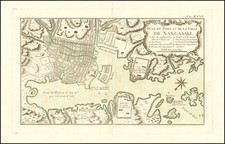
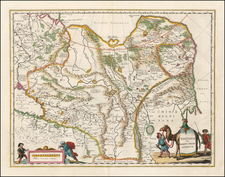
![[Soviet Union] Our Country -- From Wooden Plough To Sputnick](https://storage.googleapis.com/raremaps/img/small/47092.jpg)
